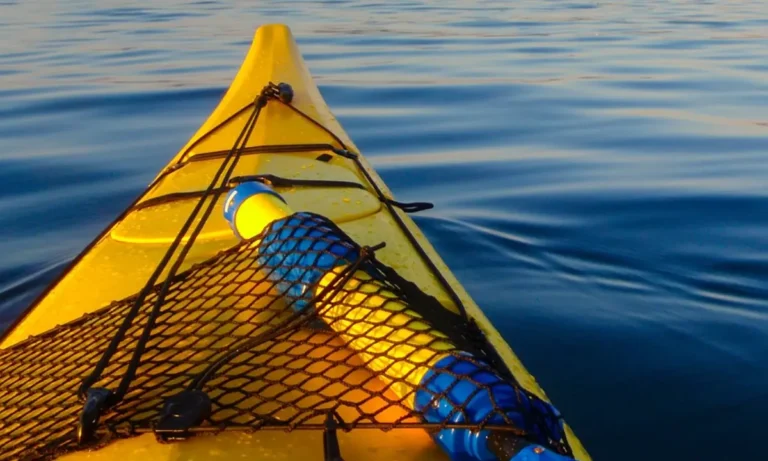How To Choose A Low Angle Vs. High Angle Paddle
If you want to start paddling, you must know about the different kinds of Low Angle Vs. High Angle Paddle and how to use them. Some paddles are good for relaxing and touring, and some for fast and exciting paddling. How do you know which one is right for you—low-angle or high-angle paddles?
Many kinds of kayak paddles fit different people and boats. We can help you find the best one for you by asking, “Do you like to paddle low or high?” Keep reading and we’ll explain what that means and how to choose.
Low Angle Vs. High Angle Paddleing style

Note: The angle is about how you hold the paddle. Low-angle strokes have the paddle more flat; high-angle strokes have the paddle more upright.
High-Angle Kayaking
The high-angle kayak stroke is vertical for speed and power. It’s used by whitewater kayakers and fast paddlers. High-angle blades are designed to grab more water per stroke. They are wider and shorter than low-angle blades. This catches and holds the water to drive the kayak faster.
High-angle blades suit:
The vertical high-angle stroke is fast and powerful. The short, wide blades provide lots of drive per stroke. This makes them ideal for whitewater, surfing, and paddlers needing speed or stability.
Low-Angle Kayaking
Chillax with low-angle paddling – it’s the lazy way to kayak!
Low-angle paddling is for folks who:
Let the current do the work while you kick back and paddle in chill mode. Low-angle stroking is the laidback way to kayak forever without sweating!
Low Angle Vs. High Angle Paddle

Paddles for low and high styles are not the same. Low paddles are long and thin. High paddles are short and wide. You can find both kinds in different stuff and costs. We are glad you read this guide about how to paddle. We hope this helps you pick the right paddle and kayak for you. You can ask your nearby kayak shop for more help, or write to us on our website
Kayakvista High-Angle Kayak Paddles
We sell different kinds of paddles for boats. They are good for people who like to paddle fast and hard. The Whiskey is our best paddle. It is for people who are very good at paddling and who like how it looks. You can choose how many parts it has and how it bends.
The Whiskey can be black or have different colors. It has a special part that lets you change the angle of the paddle. It is our lightest paddle. The Manta Ray is cheaper than the Whiskey. It has different kinds of paddles too: Manta Ray Carbon is black. It has a strong stick and strong paddles. You can choose how many parts it has and how to change the angle.
The Manta Ray Hybrid is like Carbon, but it has white paddles. You can also choose other colors. Manta Ray Fiberglass has a glass stick and glass paddles. They are red or green. You can choose how many parts it has and how to lock them together.
Kayakvista Low-Angle Kayak Paddles

The Tango is our premier Low Angle Vs. High Angle Paddle for long-distance kayaking. It has beautiful blade designs. You can get the Tango in full carbon or with a carbon shaft and fiberglass blades. Both come in 2-piece or 4-piece straight or bent shafts with our Posi-Lok ferrule.
The Tango is our lightest low-angle option. Our Sting Ray series offers affordable low-angle choices too.
The Sting Ray is our best-selling all-around flatwater paddle. Models include:
- Sting Ray Carbon – Same shape as Manta Ray but a low-angle blade. 2 or 4-piece with Posi-Lok or Versa-Lok.
- Sting Ray Hybrid – The most popular low-angle paddle. Fiberglass-reinforced nylon blades with carbon shaft. 2 or 4-piece with Posi-Lok or Versa-Lok.
- Sting Ray Fiberglass – Fiberglass blades and shaft. Sunset Red or Electric Green. 2 or 4-piece snap button.
For differences between high and low-angle paddling, check out this video from Aquabatics Calgary.
The Tango is perfect for long-distance paddling. The Sting Ray series offers quality low-angle paddles at different price points. In this video, I explained about Low Angle Vs. High Angle Paddle in detail.







I don’t think the title of your article matches the content lol. Just kidding, mainly because I had some doubts after reading the article.